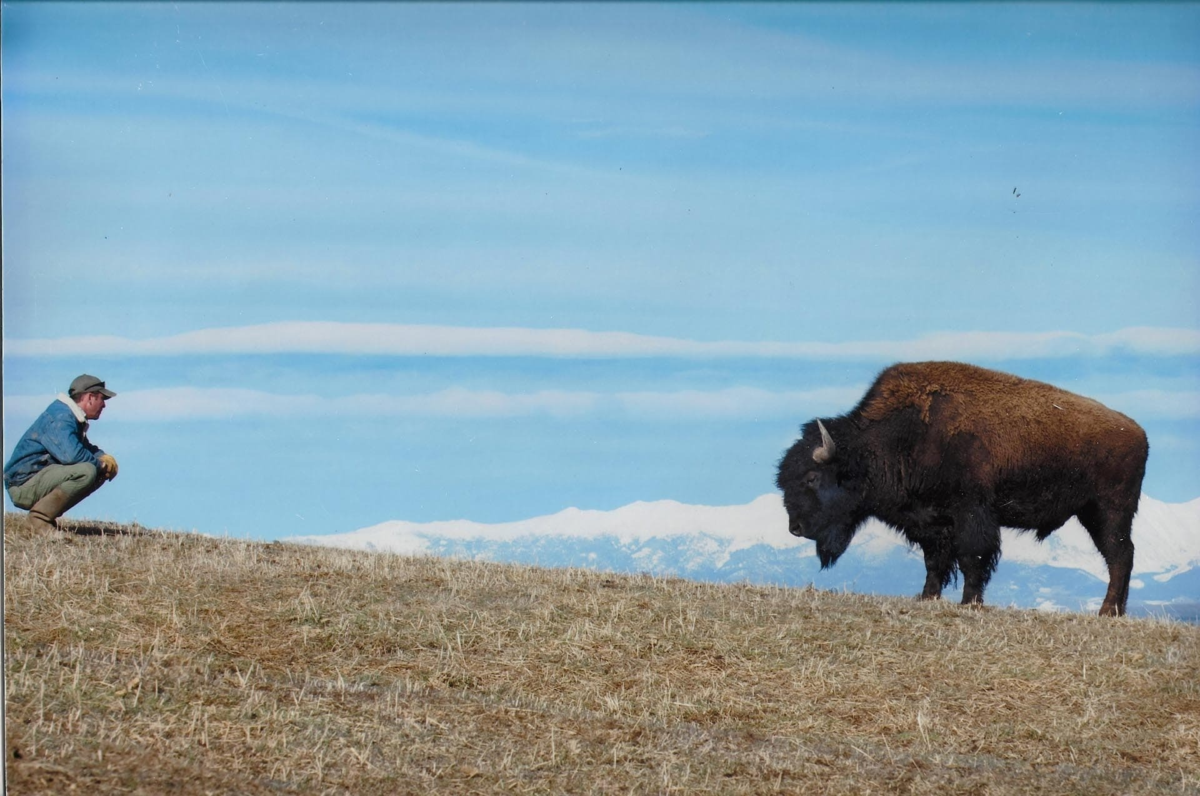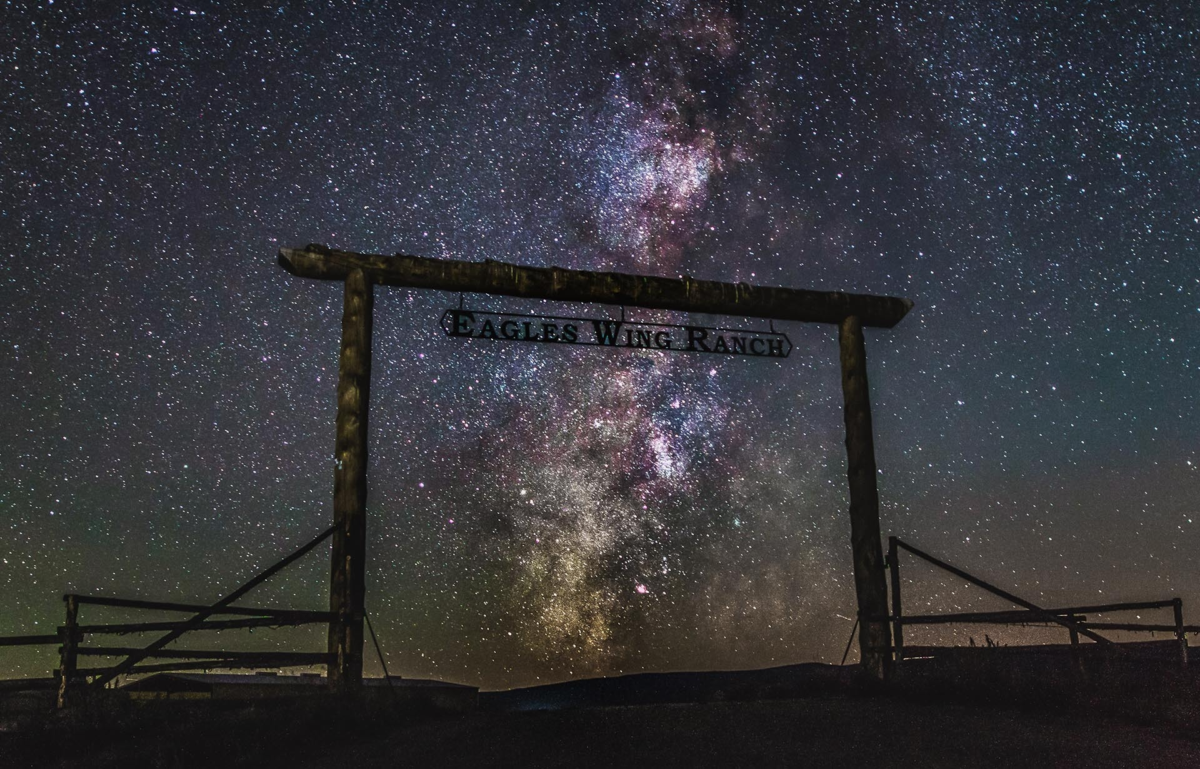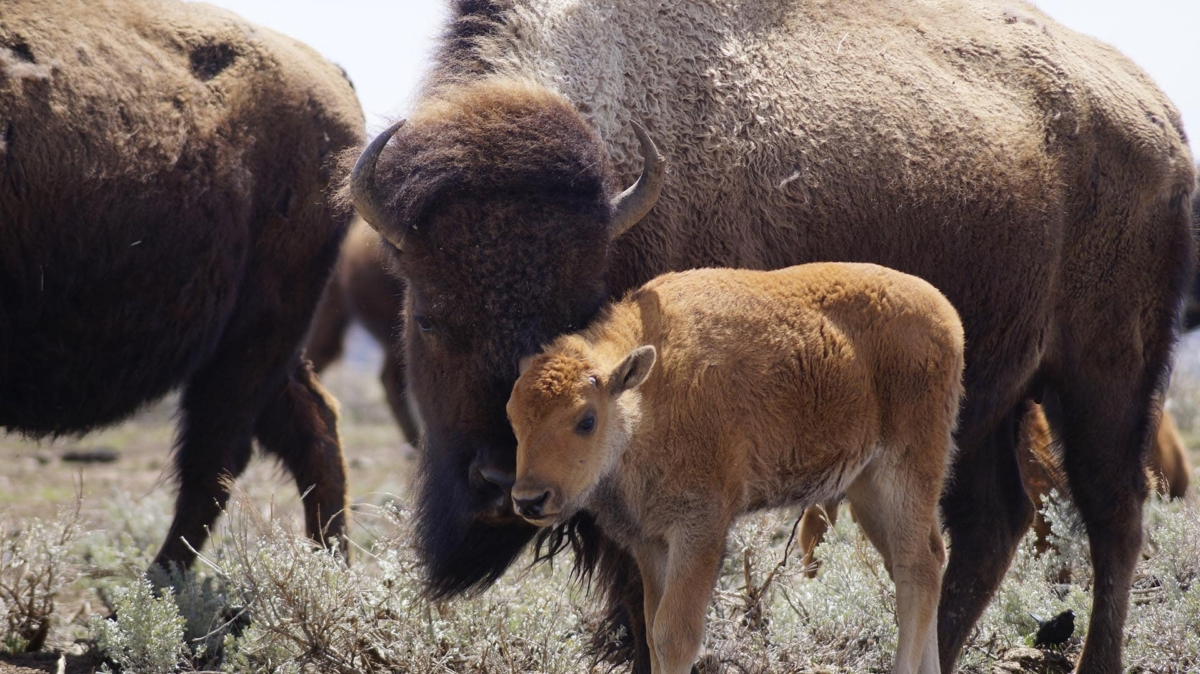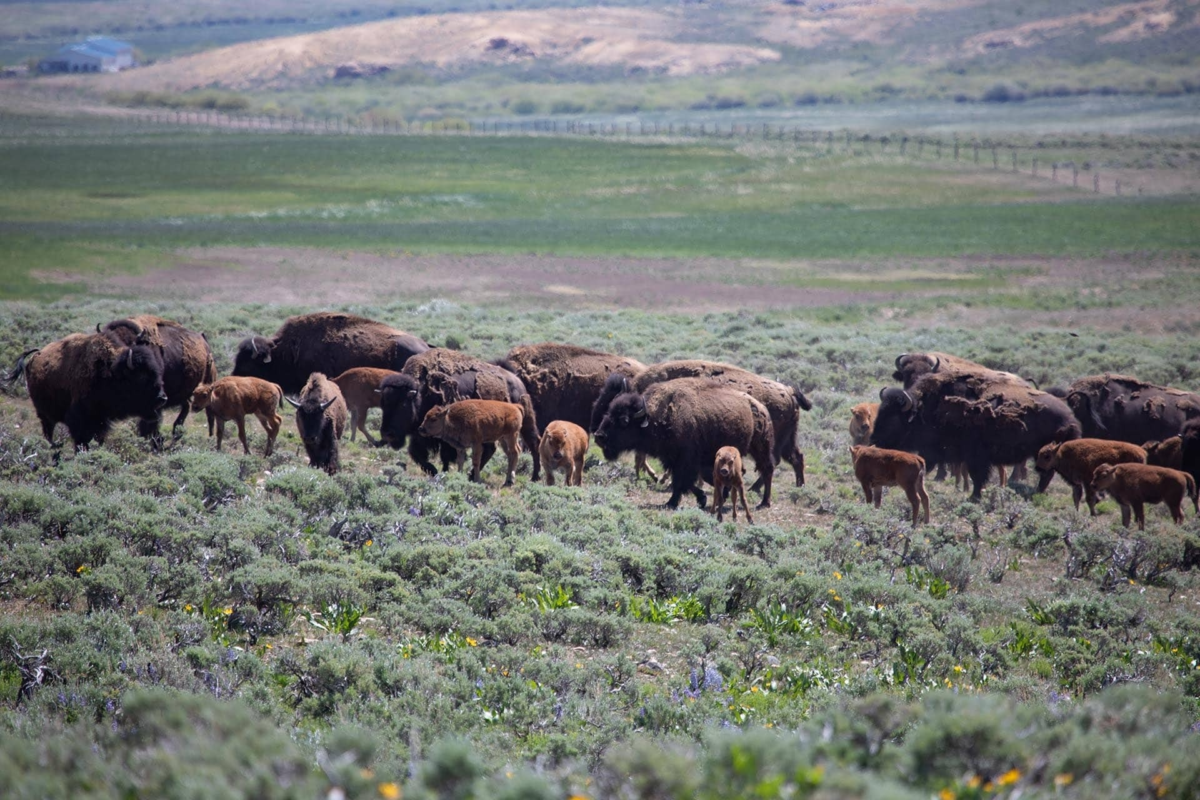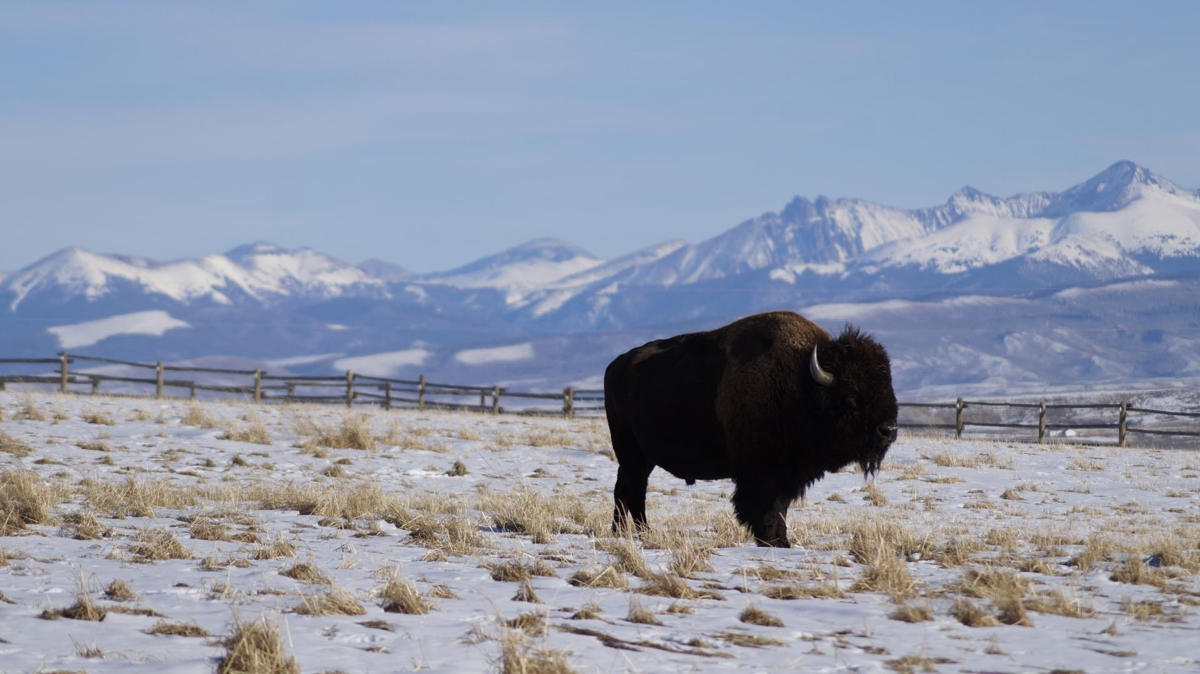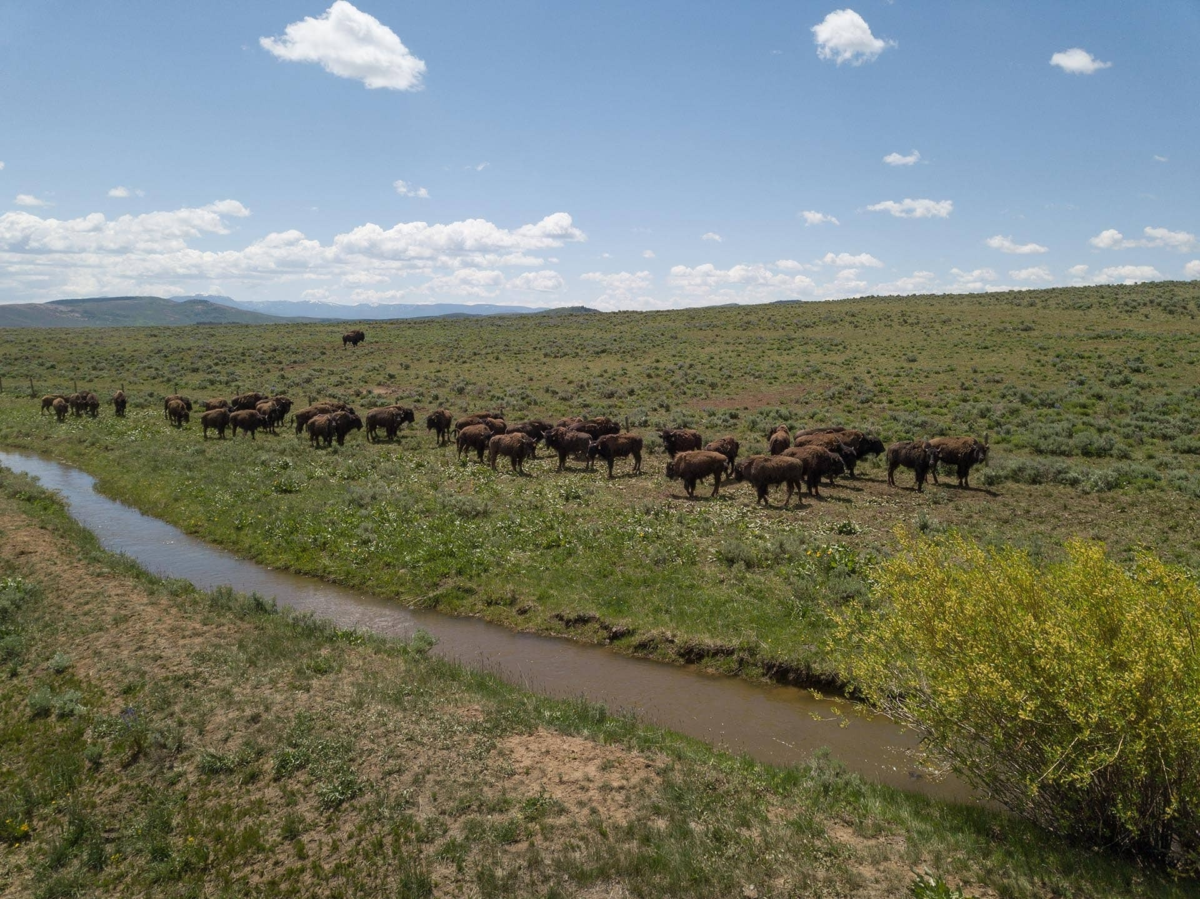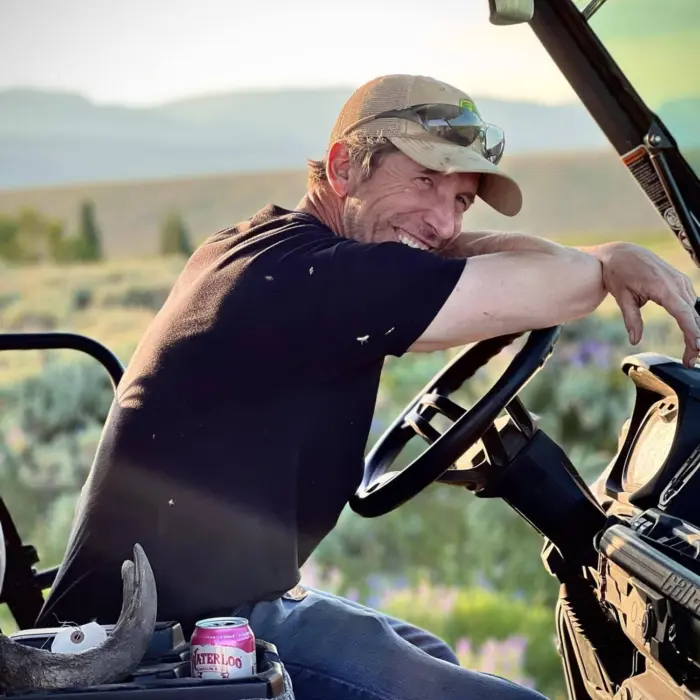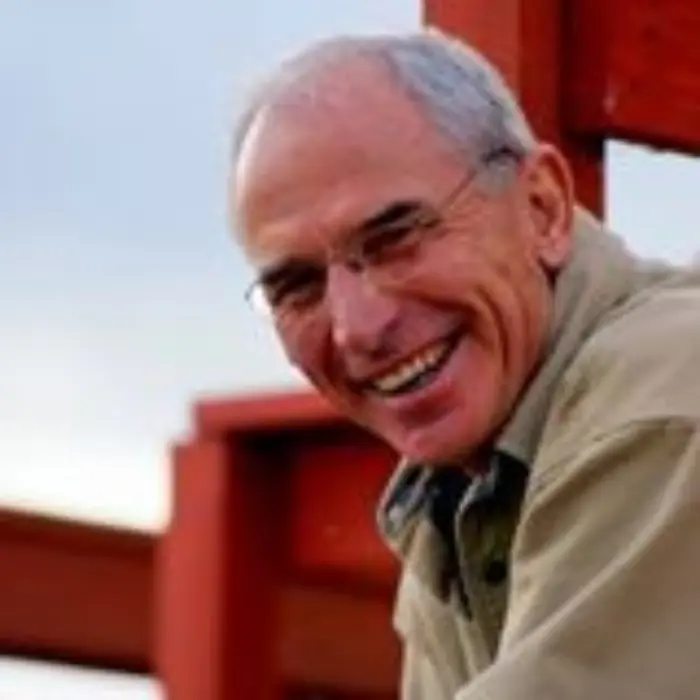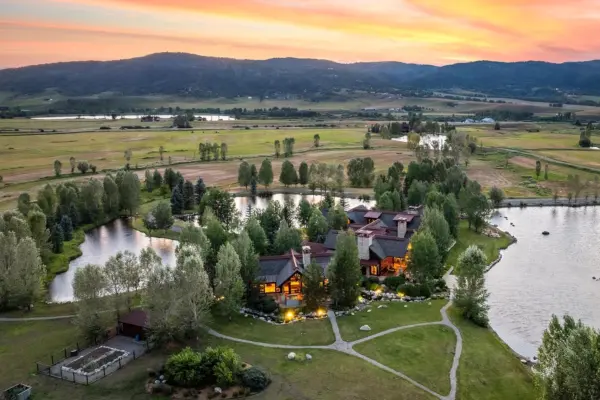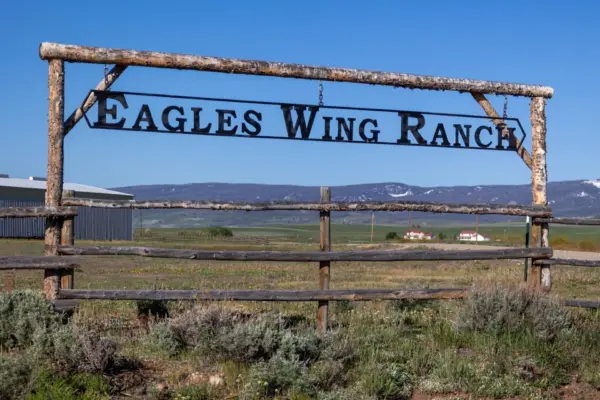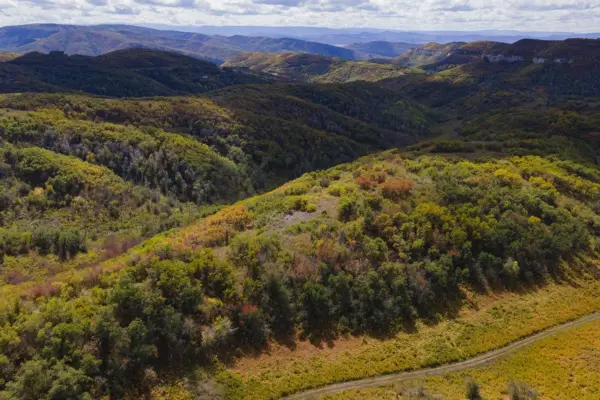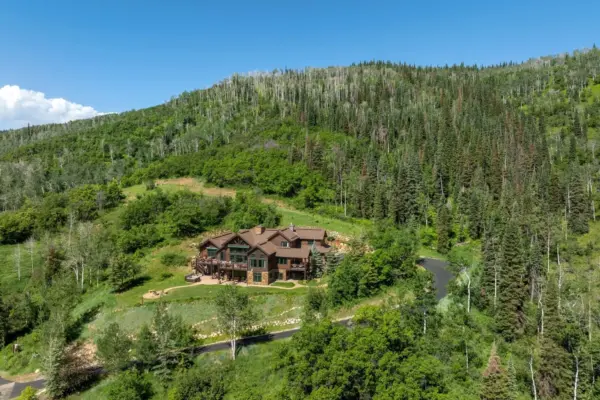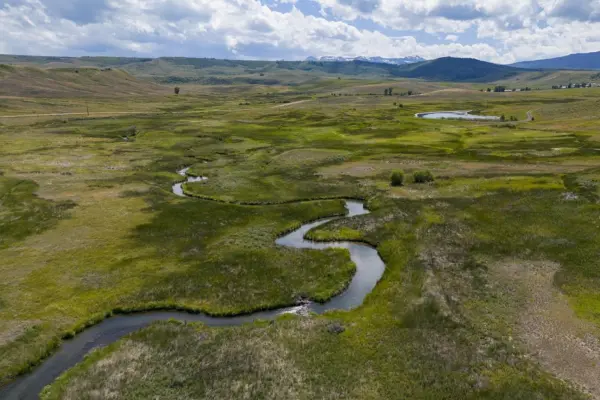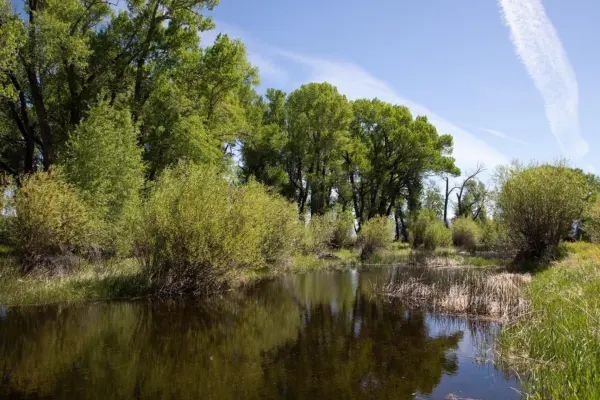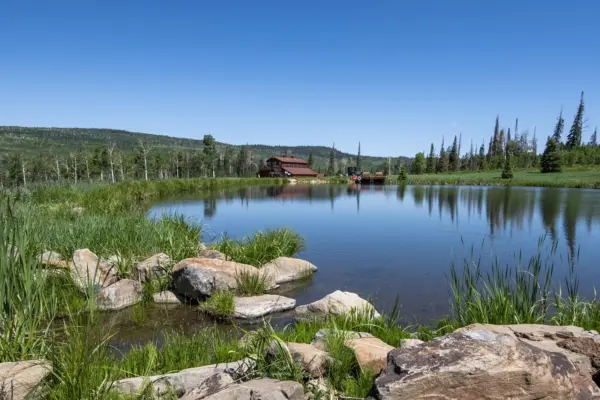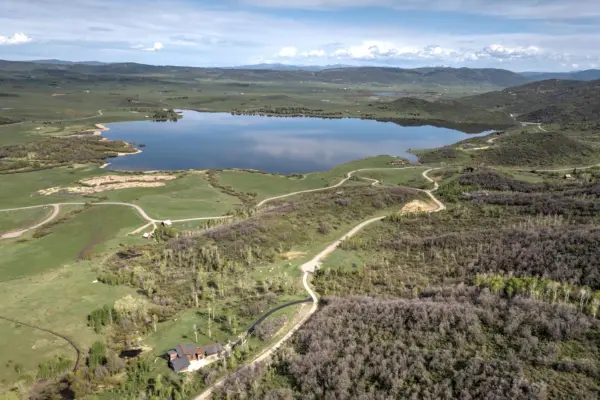Claudia and I told our four grown kids what we had done, and Jim asked the obvious question, “What are you going to do with it, Dad?” I told him I planned to put some bison on it, and he was quick to respond, “Well, you’re going to need some help. How about me?”
My father worked alongside his dad on our original family farm, eventually taking it over when his dad passed away. I was blessed to learn about life and the farm at the hand of a real master, my dad, until we sold the farm and the cows in 1990. And now I’m privileged to have my son as my partner. Jim and his wife Julie have taken over the management of the ranch and bison herd. As much as I love the land and the majestic animals, witnessing the growth and pride of ownership, the thoughtfulness and dedication, attention to the myriad of little details, and passing the torch to my son is the greatest part of my dream come true.
Much of 2008 was spent getting the ranch ready for bison. New fencing, working corrals, and outbuildings were erected, and our first hay crop was harvested. We had a big itch to get at least a few bison on the ranch as soon as it was ready, and in January 2009, we bought 17 pregnant 2-year-old heifers. In the next year or so, we added another group of bred 2-year-olds as well as a group of yearling heifers and weaned heifer calves. The core nucleus of our herd was established.
Having now been part of the bison ranching fraternity for nearly two decades and with an established herd of a hundred mother cows, we can share some observations.



